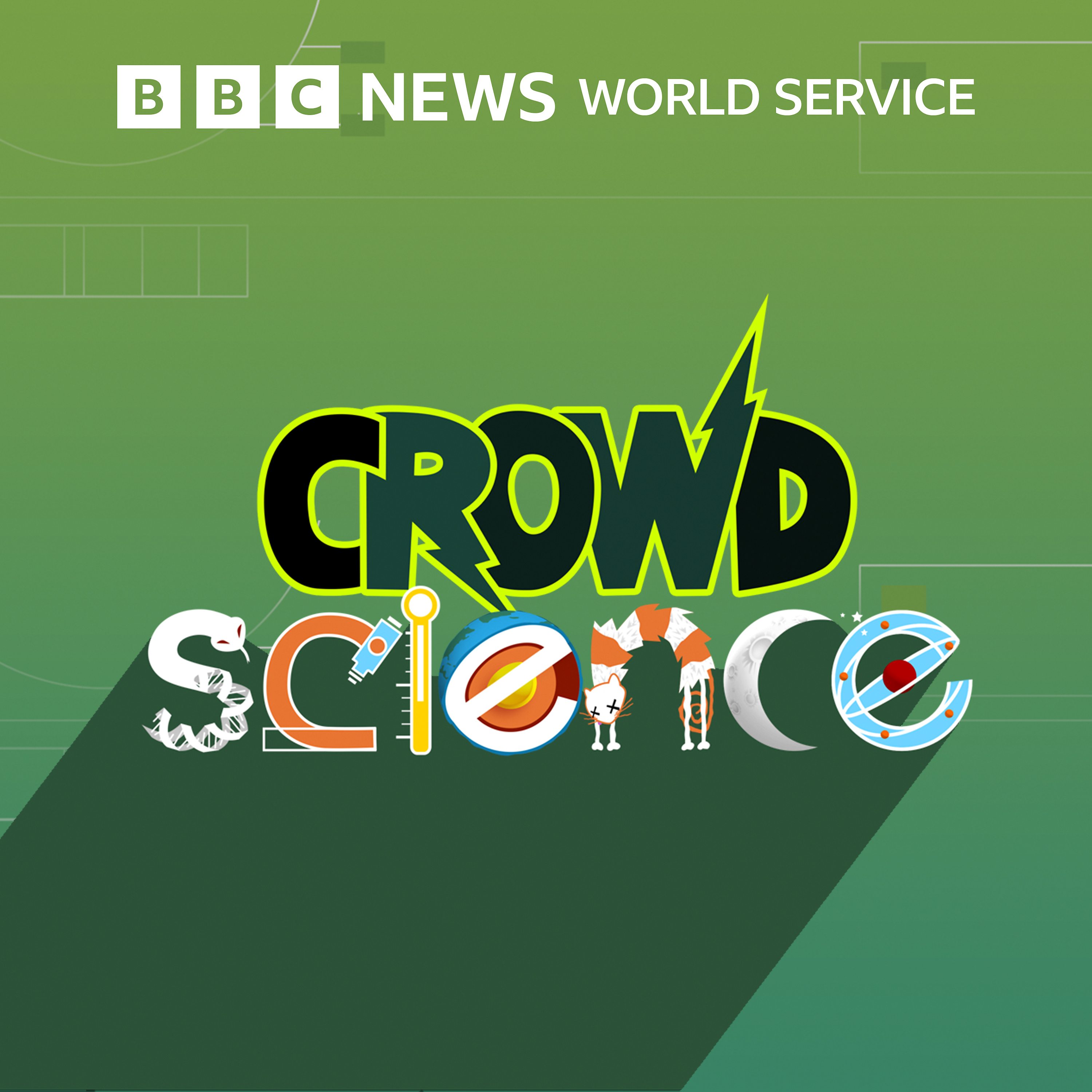
CrowdScience
May 16, 2025
Bulgaria is famous for its yoghurt, a fermented milk food full of ‘good’ bacteria that has kept hungry Bulgarians healthy for over 4000 years.
Inspired by that, and a question from a CrowdScience listener in California USA, Marnie Chesterton and Caroline Steel are immersing themselves in Bulgarian culture with a programme about Bulgarian cultures, recorded at the 2025 Sofia Science Festival.
So, are the ‘live’ cultures in fermented foods actually alive by the time you eat them, and how can you tell? If you can eat the mould in blue cheese, can you eat the mould on cheese that isn’t supposed to be mouldy? Is traditional food really better for you? And if you put a drop of vanilla into a litre of milk, how come it all tastes of vanilla?
Marnie and Caroline are joined by a chemist who was a member of Sofia University’s ‘Rapid Explosion Force’, a food technologist with a PhD in sponge cakes and a Professor of molecular biology who says that we contain so much bacteria that we’re only 10% human.
With questions on food from around the world and from the audience in Sofia, Marnie and Caroline will be digesting the answers, as well as some local delicacies.
Presenter: Marnie Chesterton & Caroline Steel Producer: Emily Knight Series Producer: Ben Motley

